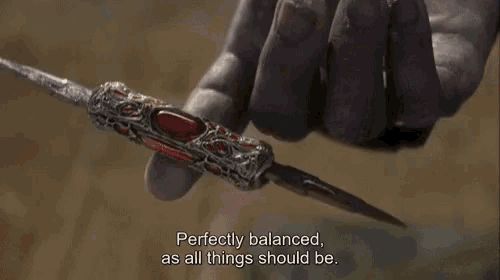Well I was aware of that, though even if we add 20% to the floor I think all the ships are above that as well. But I guess once you focus in a specific direction it can make sense to put even more in to it, as that's what you're good at now. Though I imagine the early adoption of Mk3 Impulse right before the Warp 8 engine came out also played in to this trend, speculatively with out that I'd think those might still be at prototype stage now and thus probably wouldn't have been in the Miranda due to expense.
I guess it's also because so far all ships in the end have also leaned a bit towards the same sizes or not to much bigger then the previous generation, making it kind of inevitable that maneuverability would massively go up.
